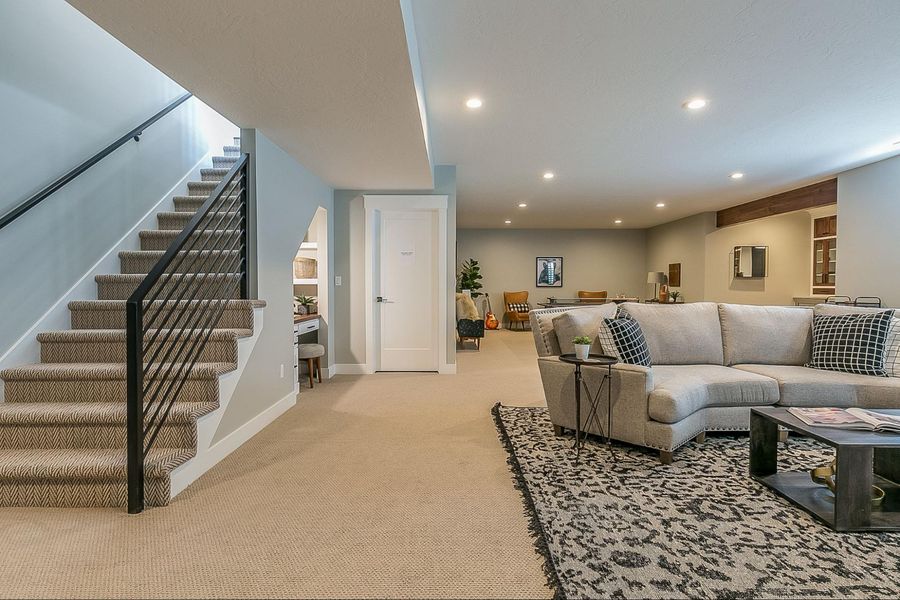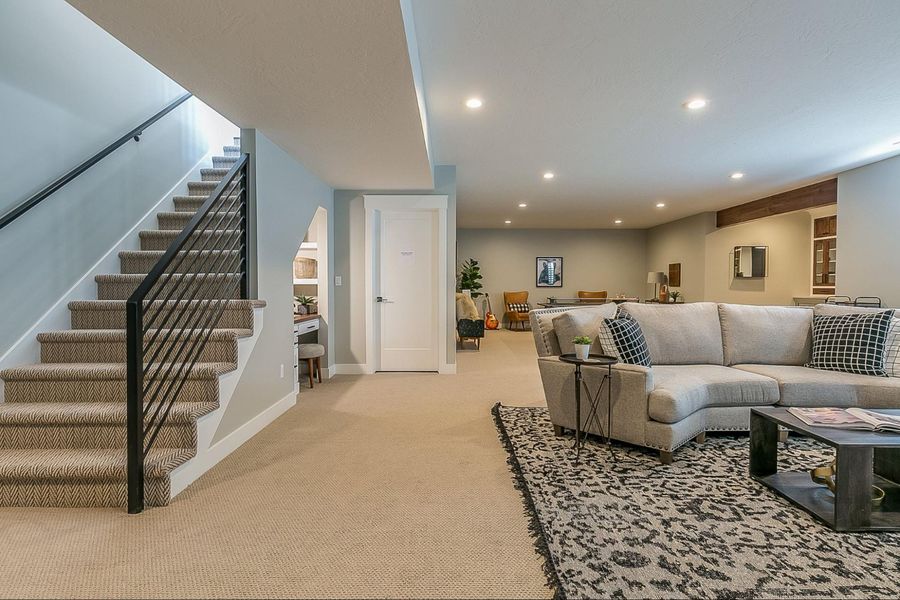by Ryan Carr
In the last issue of CREW, I explored coach houses and laneway suites as alternatives to the conventional basement apartment. Coach houses and other similar projects might not be the most economical method of producing a second unit, but they provide a higher quality of life for the tenant, which leads to higher rent, less tenant turnover and better property performance. Now let’s drill down into the planning, construction and financing required to successfully pull off adding a coach house to your property.
Planning
The first thing you want to do when considering a coach house build is find out if you can actually build one. Many cities and municipalities across Ontario have approved coach houses, but there are also some that haven’t. Contact the municipal planner handling the jurisdiction you’re looking to build in. (Jurisdictions can be broken down by wards for political reasons; if your city is large enough to have more than one municipal head office, it might be broken down by neighbourhood.) Calling the planning department is a crucial step because that’s what dictates whether you’ll get permission to build the structure.
Questions to ask include: “Have you heard of coach houses or laneway suites before?” or “Has a coach house ever been built in this city, to the best of your knowledge?” These might seem like basic or silly things to ask, but you need to start there and work your way up. If a planner says he’s done similar work in the past, follow up with, “What do I need to do to meet zoning requirements?”
If you’re lucky enough to get this far without any roadblocks, congrats. Otherwise, prepare yourself for the committee of adjustments meetings, planning rationale reports, minor variances and other studies that may be required. (Translation: money spent on stuff the tenants will never see and you’ll never look at either, but that might get you the answers you require.) Work the numbers. A few thousand spent on consultants might be the highest and best use of your land in the end, and the education you gain will never be lost.
Construction
Once you know what you can build and in what area, you can gear construction toward those parameters. Important questions to ask yourself include:
-
How big should this coach house be?
-
What type of finishes should I use to meet my tenant profile?
-
How should the building be oriented in order to make the property function optimally?
-
Where are people going to park?
These are some of the top questions a builder will ask you when designing the structure itself. Once you have the answers, it’s time to design the building.
Always start with the end in mind and work your way backwards – if you know your desired tenant profile and you know how many people will be living there, you know how big to build. Bedrooms and bathrooms, fit and finish – all of this is derived from the simple fact that people won’t pay for certain features in certain markets if the rent is unjustified. (On the flip side, certain markets prefer high-end finishes, making lower-end products less desirable. Do your homework.)
In the coach house I built, we went with some cool features like a jack-and-jill bathroom, 9-foot ceilings, full-size above-grade windows and a large quartz kitchen island. These are a few common things that you wouldn’t typically find in basement apartments, but that could easily be incorporated into a blank canvas.
From a tenant perspective, such additions give a higher perceived value; for the landlord, it pushes the cash-flow economics into alignment. High-end appliances are a nice touch as well because they add the allure of luxury without a huge added cost. In fact, stainless appliances aren’t much more expensive than white ones if you have to buy them new. The extra rent you’ll be able to charge will more than make up for the initial investment, and you’ll benefit from that increase for years to come.
Financing
Financing your coach house should be no different than financing a secondary suite. Some lenders will provide construction loans registered on title to the borrower, provided you’re using those funds to add value to the property. Construction financing is often done in a ‘draw’ format whereby the money from the lender comes in chunks rather than in a single lump sum. This is often done with an appraisal between draws, which keeps everybody, including title to the property, in a free-and-clear situation. Lenders will often check the title when doing construction draws to make sure contractors haven’t placed any liens for unpaid bills.
On the refinancing side, because the coach house concept is relatively new to the mainstream market, there is little support to provide comparables. Depending on your appraiser, they might appraise the property based on square footage, bedrooms and bathrooms, outbuildings/layout, and so on. Put together a package of photos, alongside contractor invoices paid, to assist in this process.
In order to play it safe with valuations, I personally prefer to go with a basement apartment comparable as a benchmark, and any equity lift over and above that is considered gravy. I’m not saying we can’t get appraisals 10% to 30% higher (more in some cases) than basement suites given the nature of the project, but because the concept is new, we need to play it conservative. Having a slightly conservative refinance (if you keep the property as a rental) will help push your cash-flow numbers up. It’s not always about the total ROI if the property can’t carry itself long-term.
Now that we’ve covered the three most pressing concerns when building a coach house, the next move is all yours.

Ryan Carr is a full-time real estate investor and contractor located in Oshawa, Ontario. Contact him at info@rwcarrinvestment.com.








